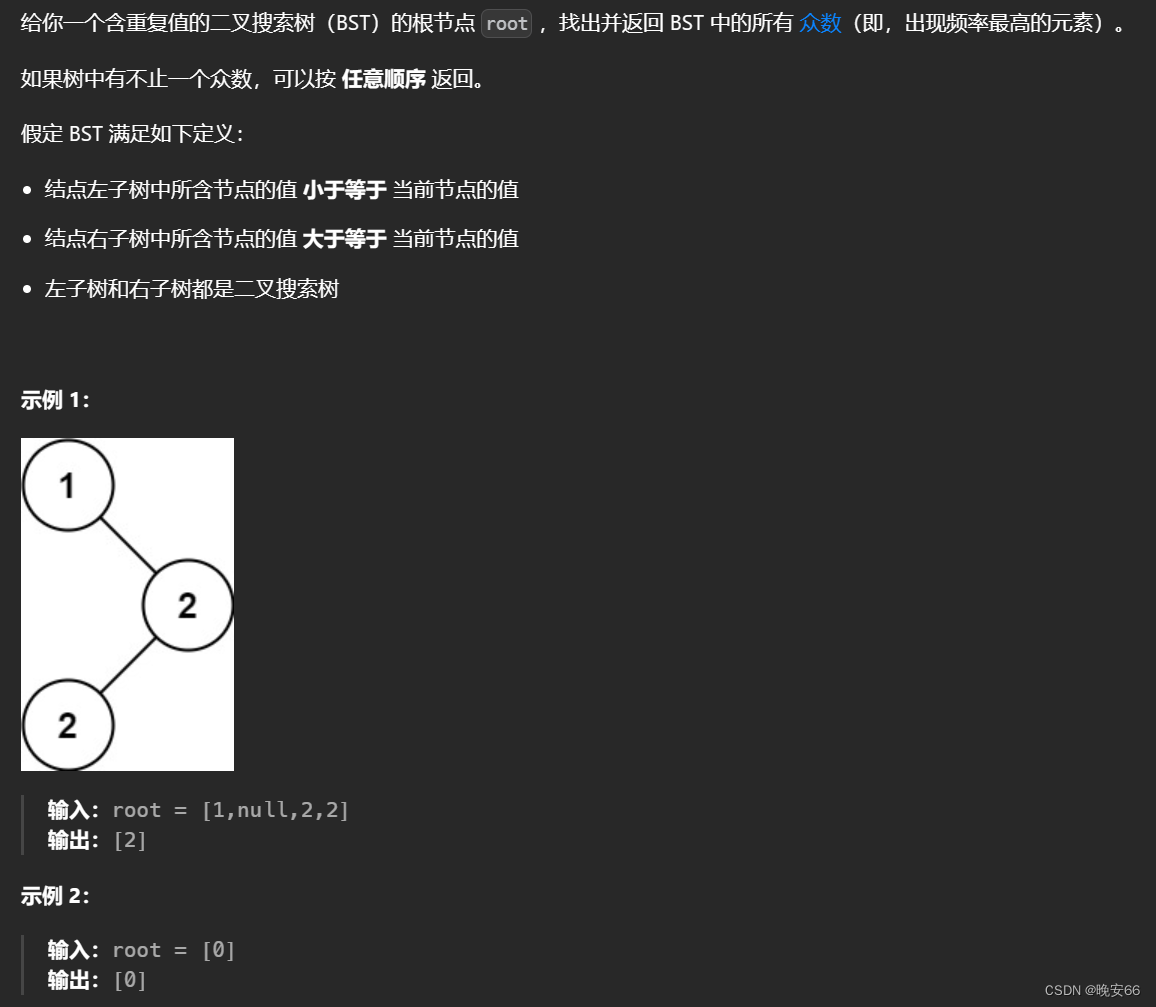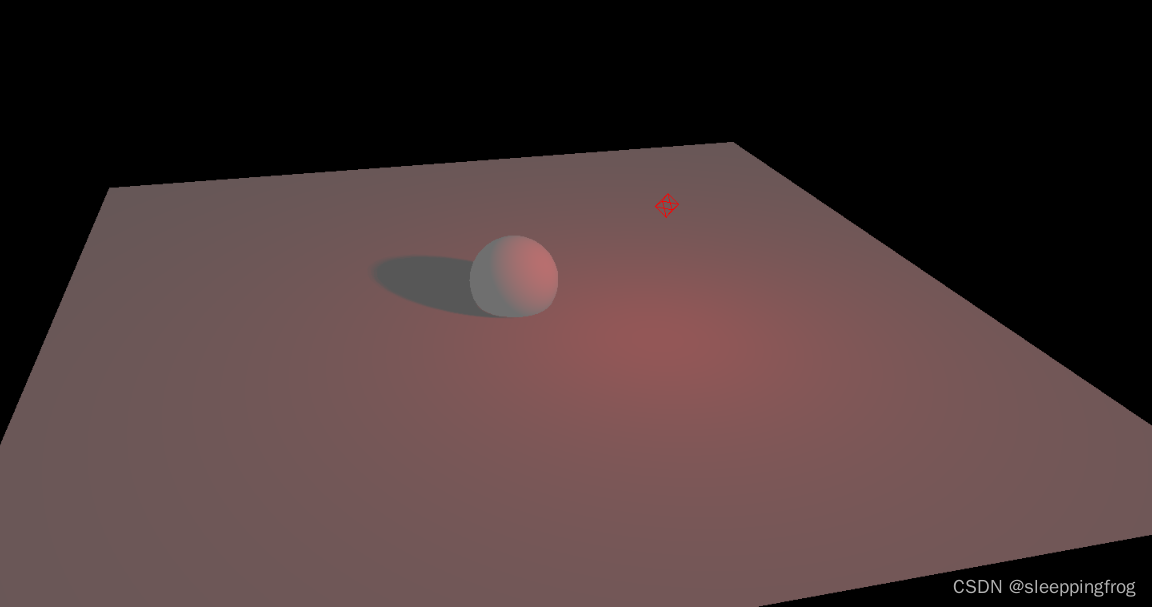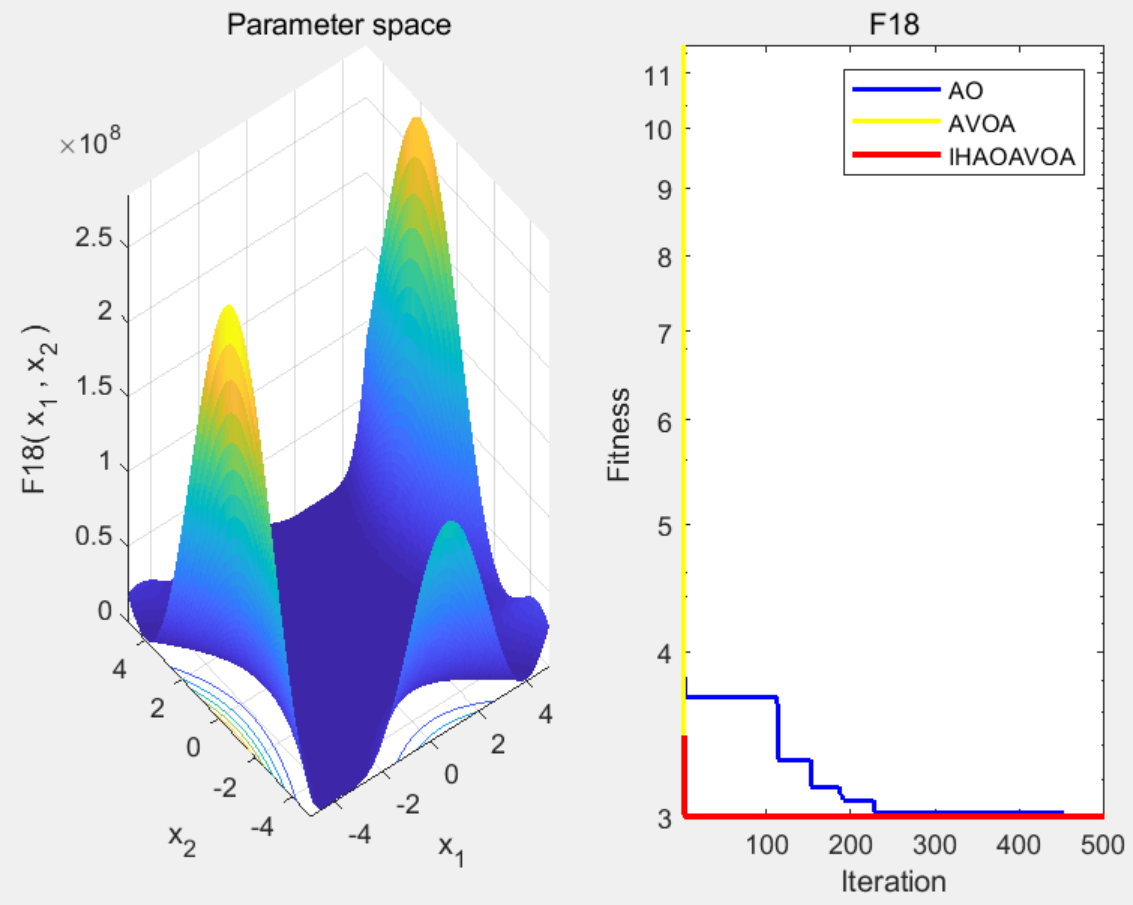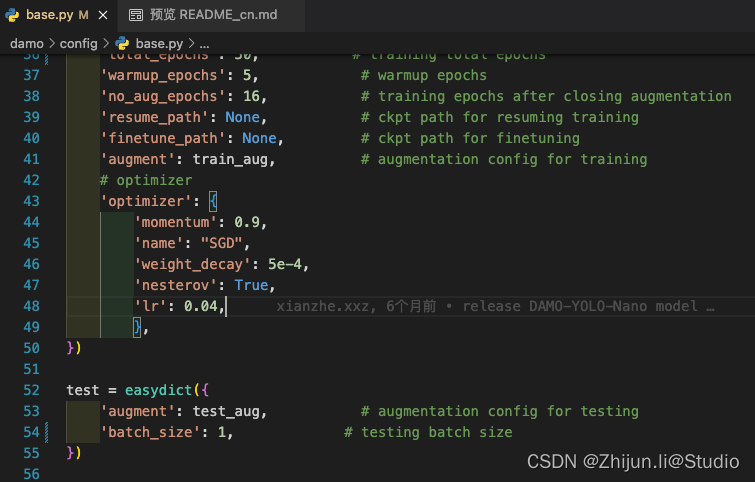文章目录
- 一、题目
- 二、解法
- 三、完整代码
所有的LeetCode题解索引,可以看这篇文章——【算法和数据结构】LeetCode题解。
一、题目

二、解法
思路分析:根据前面几篇文章98、LeetCode验证二叉搜索树、530、LeetCode二叉搜索树的最小绝对差。我们知道二叉搜索树中序遍历时有序数组,那么程序当中去使用pre和cur指针,去判断两个节点键值是否相同,相同则频率++,不同则count记为1,然后判断count是否等于maxcount,如果相等说明是众数,加入结果数组,如果小于,则更新maxcount,并且要清空结果数组(结果数组里面可能有之前maxcount的对应元素),在将更新后的众数加入结果数组,最后不断递归。
程序如下:
class Solution {
private:
int maxCount = 0; // 最大频率
int count = 0; // 统计频率
TreeNode* pre = NULL;
vector<int> result;
void searchBST(TreeNode* cur) {
if (cur == NULL) return;
searchBST(cur->left); // 左
// 中
if (pre == NULL) { // 第一个节点
count = 1;
}
else if (pre->val == cur->val) { // 与前一个节点数值相同
count++;
}
else { // 与前一个节点数值不同
count = 1;
}
pre = cur; // 更新上一个节点
if (count == maxCount) { // 如果和最大值相同,放进result中
result.push_back(cur->val);
}
if (count > maxCount) { // 如果计数大于最大值频率
maxCount = count; // 更新最大频率
result.clear(); // 很关键的一步,不要忘记清空result,之前result里的元素都失效了
result.push_back(cur->val);
}
searchBST(cur->right); // 右
return;
}
public:
vector<int> findMode(TreeNode* root) {
count = 0;
maxCount = 0;
TreeNode* pre = NULL; // 记录前一个节点
result.clear();
searchBST(root);
return result;
}
};
三、完整代码
# include <iostream>
# include <vector>
# include <string>
# include <queue>
using namespace std;
// 树节点定义
struct TreeNode {
int val;
TreeNode* left;
TreeNode* right;
TreeNode() : val(0), left(nullptr), right(nullptr) {}
TreeNode(int x) : val(x), left(nullptr), right(nullptr) {}
TreeNode(int x, TreeNode* left, TreeNode* right) : val(x), left(left), right(right) {}
};
class Solution {
private:
int maxCount = 0; // 最大频率
int count = 0; // 统计频率
TreeNode* pre = NULL;
vector<int> result;
void searchBST(TreeNode* cur) {
if (cur == NULL) return;
searchBST(cur->left); // 左
// 中
if (pre == NULL) { // 第一个节点
count = 1;
}
else if (pre->val == cur->val) { // 与前一个节点数值相同
count++;
}
else { // 与前一个节点数值不同
count = 1;
}
pre = cur; // 更新上一个节点
if (count == maxCount) { // 如果和最大值相同,放进result中
result.push_back(cur->val);
}
if (count > maxCount) { // 如果计数大于最大值频率
maxCount = count; // 更新最大频率
result.clear(); // 很关键的一步,不要忘记清空result,之前result里的元素都失效了
result.push_back(cur->val);
}
searchBST(cur->right); // 右
return;
}
public:
vector<int> findMode(TreeNode* root) {
count = 0;
maxCount = 0;
TreeNode* pre = NULL; // 记录前一个节点
result.clear();
searchBST(root);
return result;
}
};
// 前序遍历迭代法创建二叉树,每次迭代将容器首元素弹出(弹出代码还可以再优化)
void Tree_Generator(vector<string>& t, TreeNode*& node) {
if (!t.size() || t[0] == "NULL") return; // 退出条件
else {
node = new TreeNode(stoi(t[0].c_str())); // 中
if (t.size()) {
t.assign(t.begin() + 1, t.end());
Tree_Generator(t, node->left); // 左
}
if (t.size()) {
t.assign(t.begin() + 1, t.end());
Tree_Generator(t, node->right); // 右
}
}
}
template<typename T>
void my_print(T& v, const string msg)
{
cout << msg << endl;
for (class T::iterator it = v.begin(); it != v.end(); it++) {
cout << *it << ' ';
}
cout << endl;
}
template<class T1, class T2>
void my_print2(T1& v, const string str) {
cout << str << endl;
for (class T1::iterator vit = v.begin(); vit < v.end(); ++vit) {
for (class T2::iterator it = (*vit).begin(); it < (*vit).end(); ++it) {
cout << *it << ' ';
}
cout << endl;
}
}
// 层序遍历
vector<vector<int>> levelOrder(TreeNode* root) {
queue<TreeNode*> que;
if (root != NULL) que.push(root);
vector<vector<int>> result;
while (!que.empty()) {
int size = que.size(); // size必须固定, que.size()是不断变化的
vector<int> vec;
for (int i = 0; i < size; ++i) {
TreeNode* node = que.front();
que.pop();
vec.push_back(node->val);
if (node->left) que.push(node->left);
if (node->right) que.push(node->right);
}
result.push_back(vec);
}
return result;
}
int main()
{
vector<string> t = { "1", "NULL", "2", "2", "NULL", "NULL", "NULL" }; // 前序遍历
my_print(t, "目标树");
TreeNode* root = new TreeNode();
Tree_Generator(t, root);
vector<vector<int>> tree = levelOrder(root);
my_print2<vector<vector<int>>, vector<int>>(tree, "目标树:");
Solution s;
vector<int> result = s.findMode(root);
my_print(result, "众数:");
system("pause");
return 0;
}
end



















